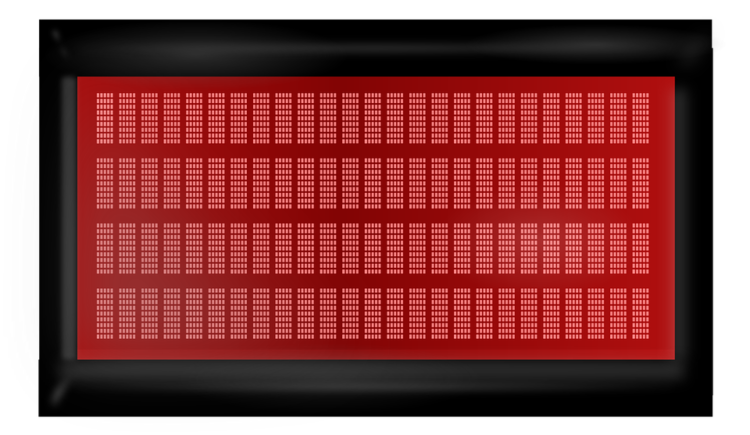Infrared Light Therapy from Home in a COVID-19 World
COVID-19 pandemic is still a major health concern in many countries around the world. Although the number of recoveries is increasing, there is still no indication that the number of new cases is decreasing. Because of this, people are finding ways to effectively protect themselves from the threat of coronavirus infection. One of the promising innovations scientists are looking into is harnessing the disinfecting power of the different wavelengths of light energy, particularly infrared and ultraviolet light such as the ones you can find at Care Lamps.
Here, we will look into the benefits of infrared light therapy from home as in a struggle to rebound from the COVID-19 pandemic.
Using Infrared Light for Maintaining Good Health
The therapeutic and fitness applications of infrared light have been studied by scientists, and many commercial applications have been created as a result of such studies. Spas and wellness centers have introduced infrared light therapy for many fitness and health enthusiasts, but with the current pandemic situation, business establishments such as these are either temporarily closed or operate in a limited capacity due to physical distancing measures. It is during these times that innovation is developed in people staying at home. Using the right materials and parts, a DIY home infrared sauna can be created. If you’re curious about the process, you can click here to learn about making a home sauna for infrared light therapy easily and affordably. With a budget of $300, you can create a DIY infrared sauna at home, which you can use at any time. The materials such as infrared light bulbs, clamp lamps, stand, power strips, and velcro cable ties are easy to obtain and put together. With just a screwdriver, you can make your infrared sauna at home. For eye protection, don’t forget to purchase a pair of infrared protection glasses.
Using Infrared Light as Surface Disinfectant
Infrared light has been known to have antibacterial properties. Its light can denature proteins and kill bacterial activity as a result. This is what makes this type of light ray useful in places with high sanitation and sterilization requirements such as hospitals, laboratories, and food processing plants. Although viruses have different physical makeup than bacteria, they are still made up of a protein building block, which scientists are looking to target using this light ray. Care must be taken when applying IR light on surfaces because it can emit high temperatures, which may burn surfaces made of light materials. Currently, scientists are studying using ultraviolet rays as a second light source to improve its surface disinfectant properties and lower the chances of temperature rise from IR light.
Infrared Light as of Decontaminating Objects
The infrared and ultraviolet light spectra are dangerous to the skin, which is why scientists do not advise using these light types as skin disinfectants. The general applications of these lights are for disinfecting hard surfaces, like floors, tiles, handrails, walls, sinks, and other such surfaces. To make disinfection or decontamination more effective and applicable to wearable objects like clothing, coats, shoes, PPEs, etc., scientists are studying the use of a light disinfectant using a combination of IR and UV light sources as a way of increasing its safety and expanding its possible applications. Some innovative home inventions are using infrared light from LED strips to create a focused disinfecting light wand or flashlight.
In these trying times, necessity is the mother of invention, as evidently seen in many internet articles about many innovative ways to protect oneself from the threat of COVID-19 infection. The application of certain light frequencies to disinfect or decontaminate surfaces and places is a hot topic. While infrared and ultraviolet rays have proven effective in bacteria, viruses, and other infectious agents, they also bring with them other health risks. Scientists are finding ways to lower these risks and maximize the benefits of using these light sources. Nevertheless, it shouldn’t stop us from finding uses of light for therapy and disinfection at home.





